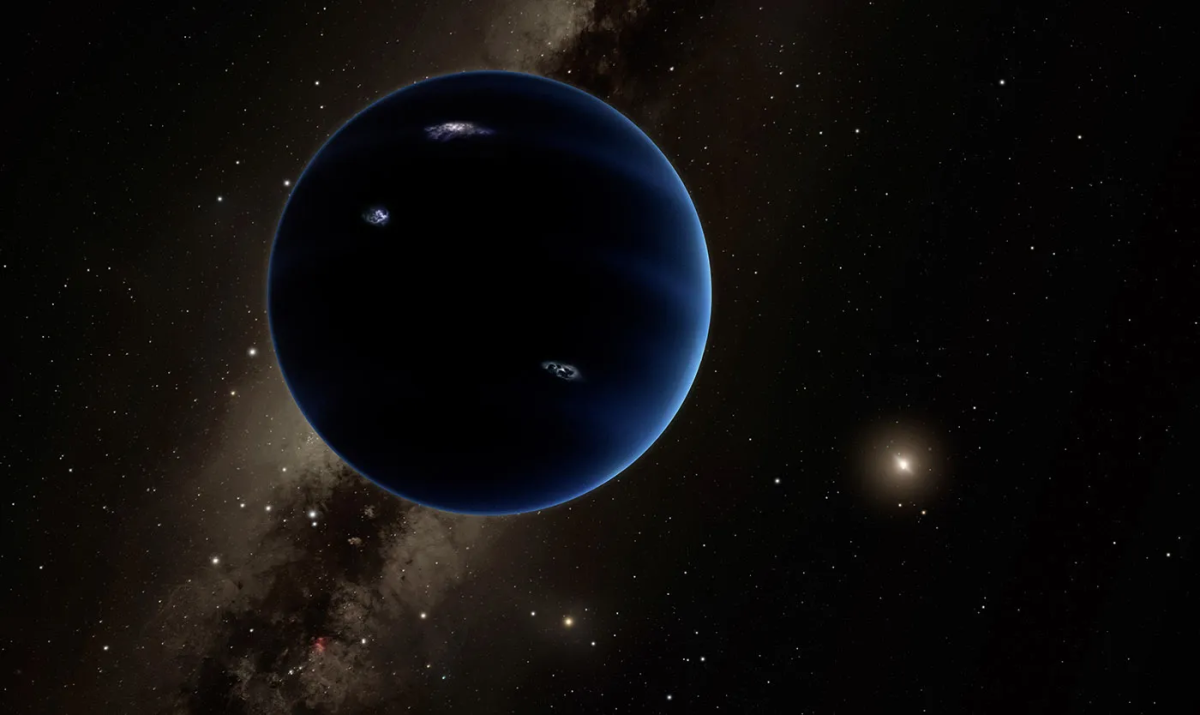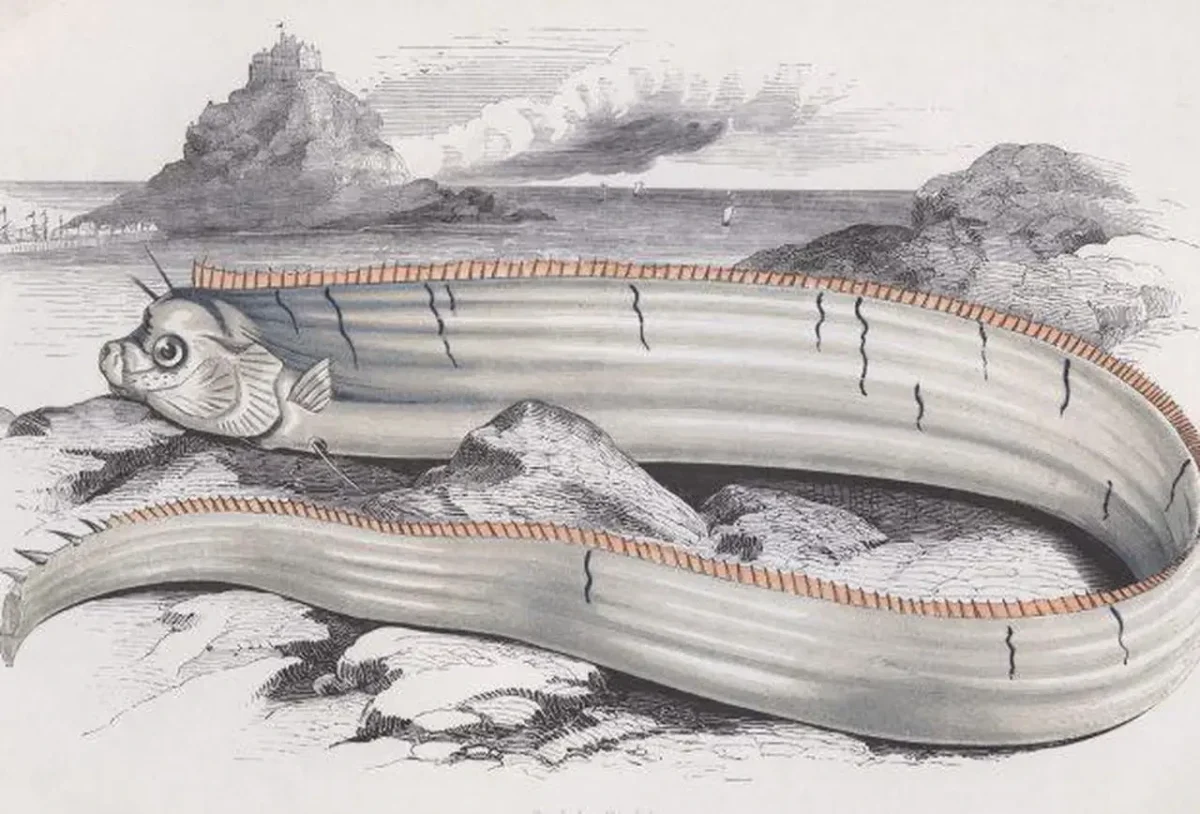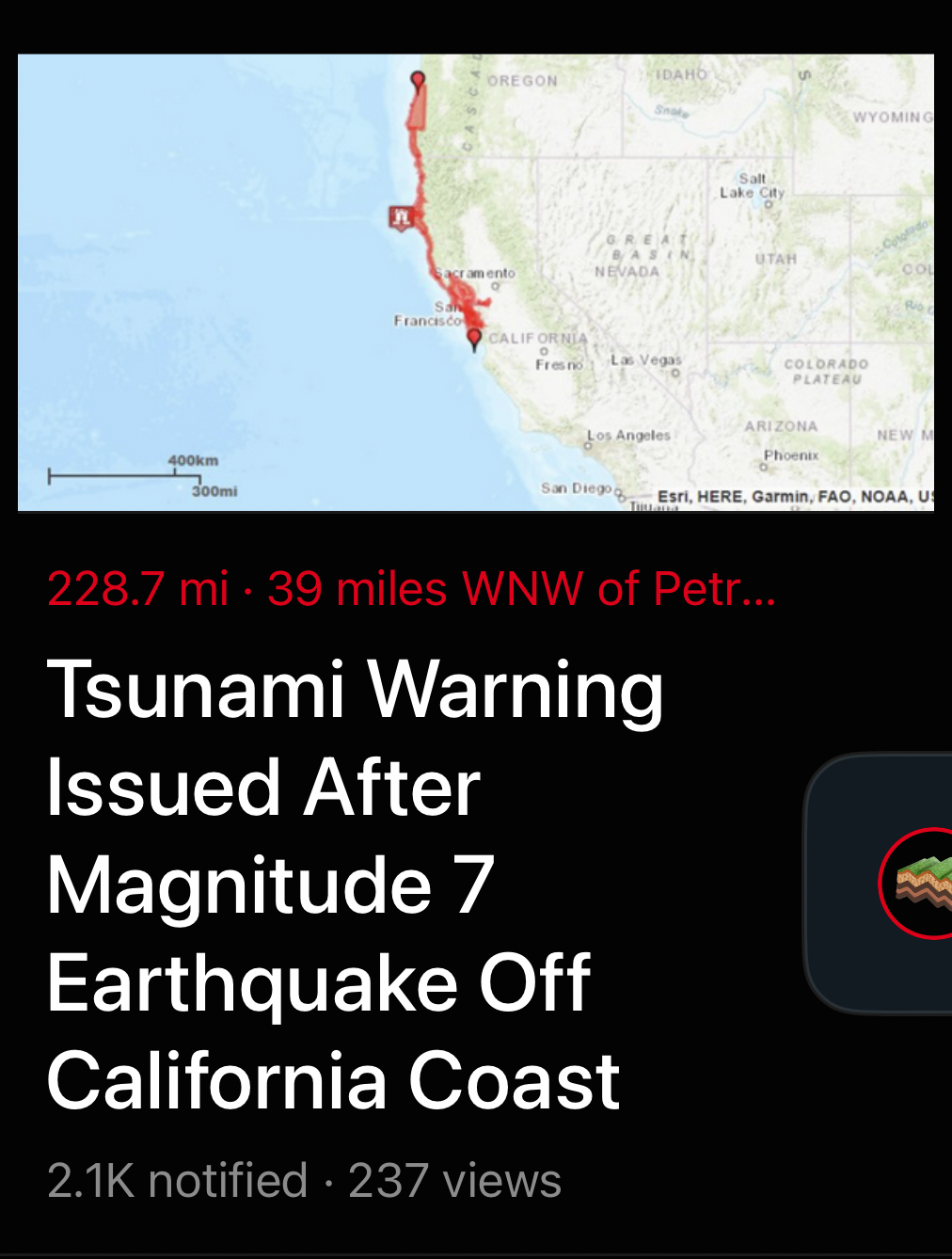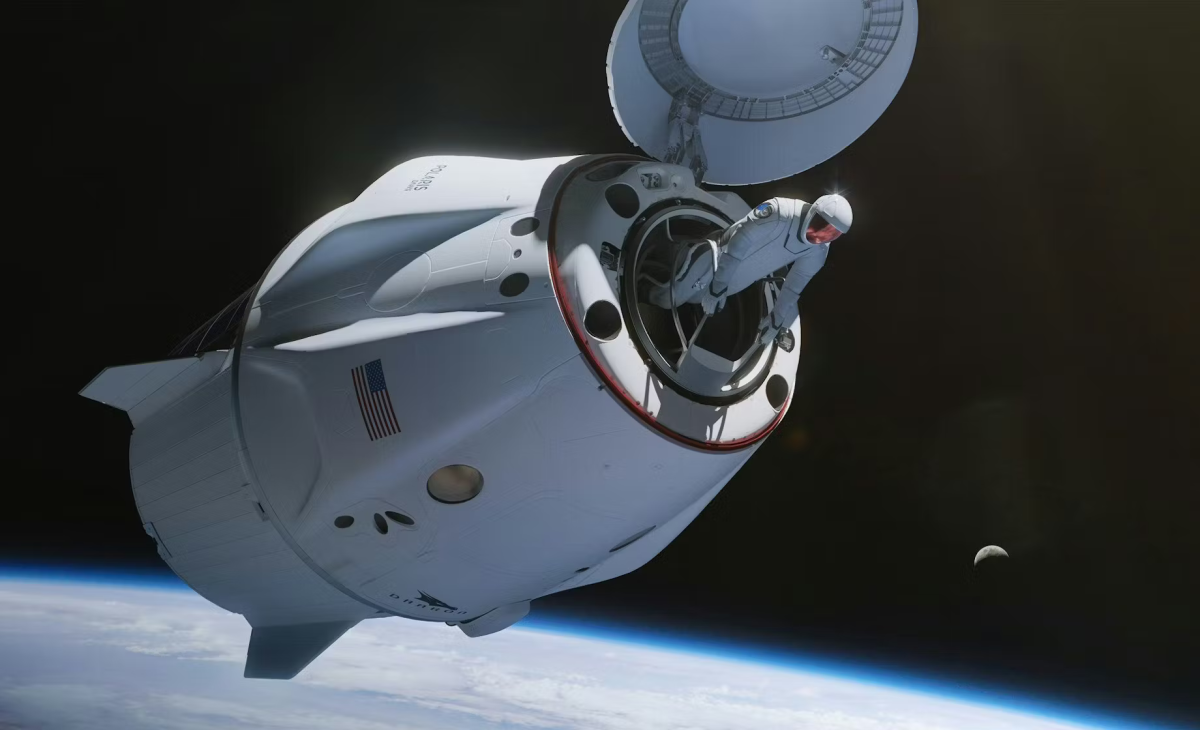In January of 2015, astronomers Konstantin Batygin and Mike Brown announced evidence of a possible new planet at the edge of our solar system.
This so-called “Planet 9” is supposedly 20 times farther from the sun than Neptune. Originally, Neptune was the farthest planet from the sun at around 2.8 billion miles away, putting “Planet 9” at approximately 56 billion miles away.
The proposed planet is extremely distant, and scientists still have very little information regarding it, though they have predicted that it is 10 times the size of Earth, closer in size to Neptune and Uranus.
Astronomers studying TNOs – objects orbiting the sun far beyond Neptune – have noticed that these objects’ orbits frequently cluster together. “Planet 9” is a proposed celestial body that would provide a mechanism controlling the patterns seen in these clustered objects.
While there are other possible explanations for the unique motion, some scientists maintain that this theory is a reasonable prediction that cannot be actively discounted.
To this end, Batygin, Brown, along with Alessandro Morbidelli and David Nesvorny, published a paper in April of this year that provided further support to the idea, noting that “the distribution of the observed orbits strongly supports the presence of the unseen planet.” The paper was published in the Astrophysical Journal Letters.
Of course, one should proceed with caution when considering this, as “Planet 9’s” existence is entirely conjecture, only inferred from mathematical predictions while lacking any form of direct observation or recording. Nor is its existence universally accepted, as other theories have been proposed to explain the orbits of TNOs. What makes this theory even more exciting is the fact that this discovery of another planet would shift the idea of the solar system.
Initially, scientists believed that the solar system was composed of only eight planets, – temporarily nine with Pluto’s tenure – along with the Sun, and minor bodies such as asteroids and comets. Yet, if this proposal receives further verification, could there be even more planets at the edge of our solar system?
In addition, it prompts yet another interesting question: Could there be other life on these planets?
Colleen O’Rourke, a science teacher at Riordan, stated, “If there was life, it wouldn’t be solar-based as the planet is too far from the sun, and water would be frozen so it is unlikely it would be water-based, but it could use a different base or have a different chemical metabolism.”
Although it is still unknown whether or not different life forms exist at the edge of our solar system, Ian Gryb ’25 noted that “It’s an intriguing discovery in terms of astronomy.”
In addition, Sean Tan ’27 commented, “I would say that it is quite intriguing and I definitely have never seen something like this before.”
This possible discovery raises many questions regarding our solar system, but again, this is based entirely on a hypothetical.
However, the 2024 paper noted that this hypothesis will see more rigorous testing with the construction of Chile’s Vera C Rubin Observatory, a deep space telescope, which may help illuminate more clarity to the situation. Currently, it is projected to begin operation in August of this year, so clearer answers may be available in only a few short months.







